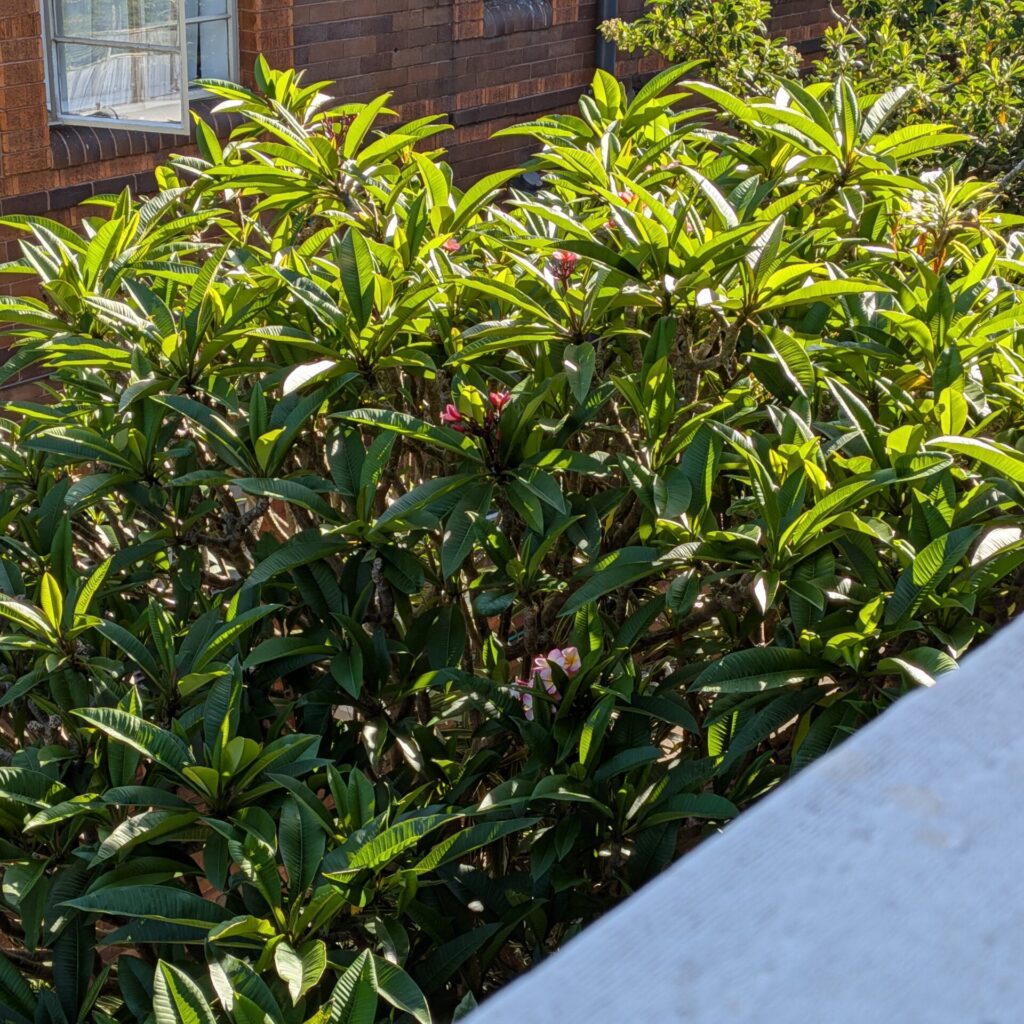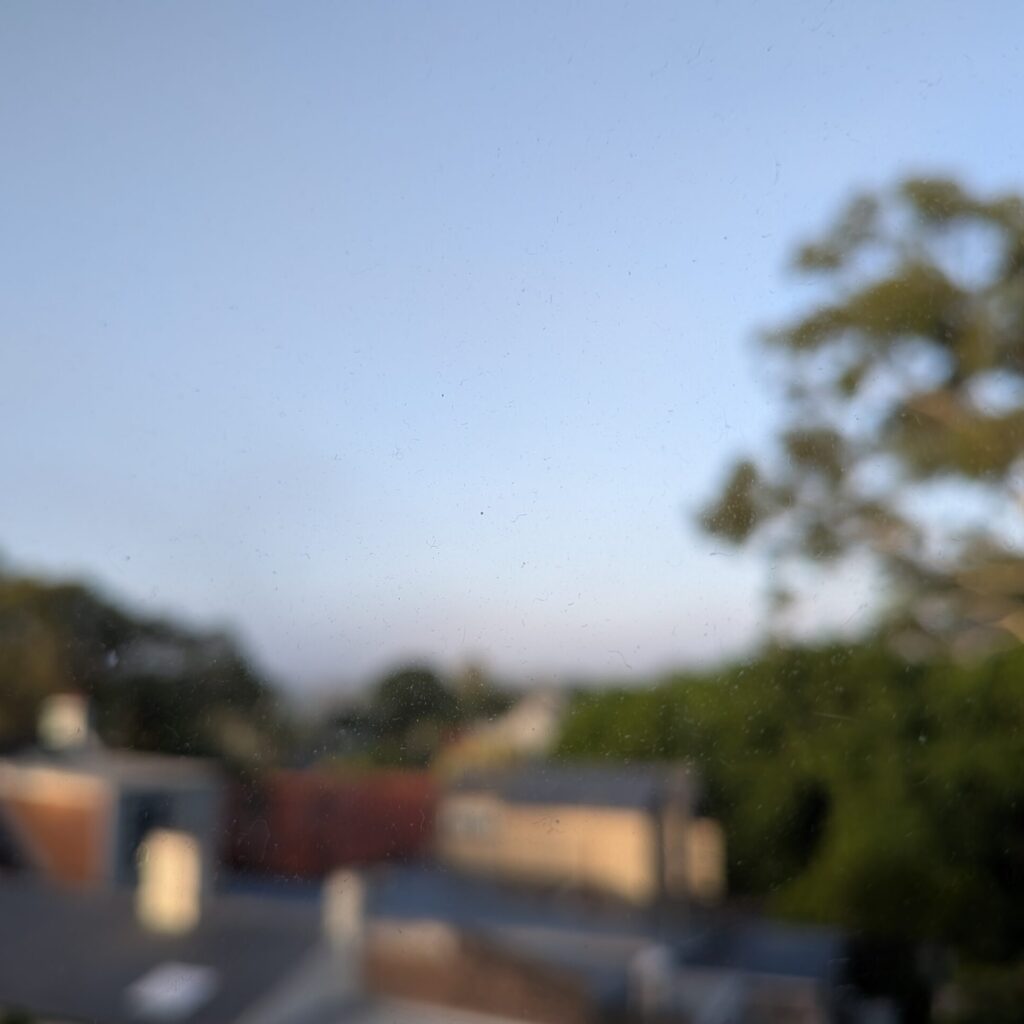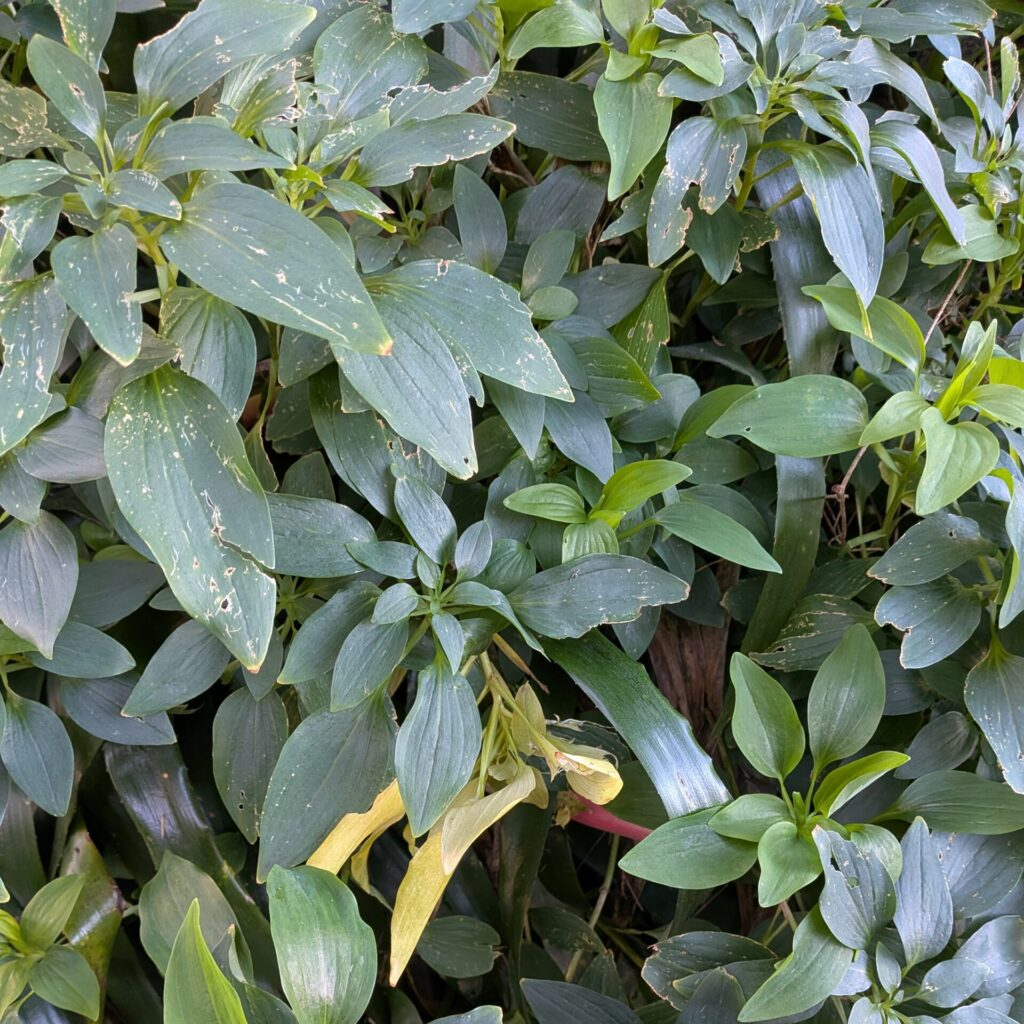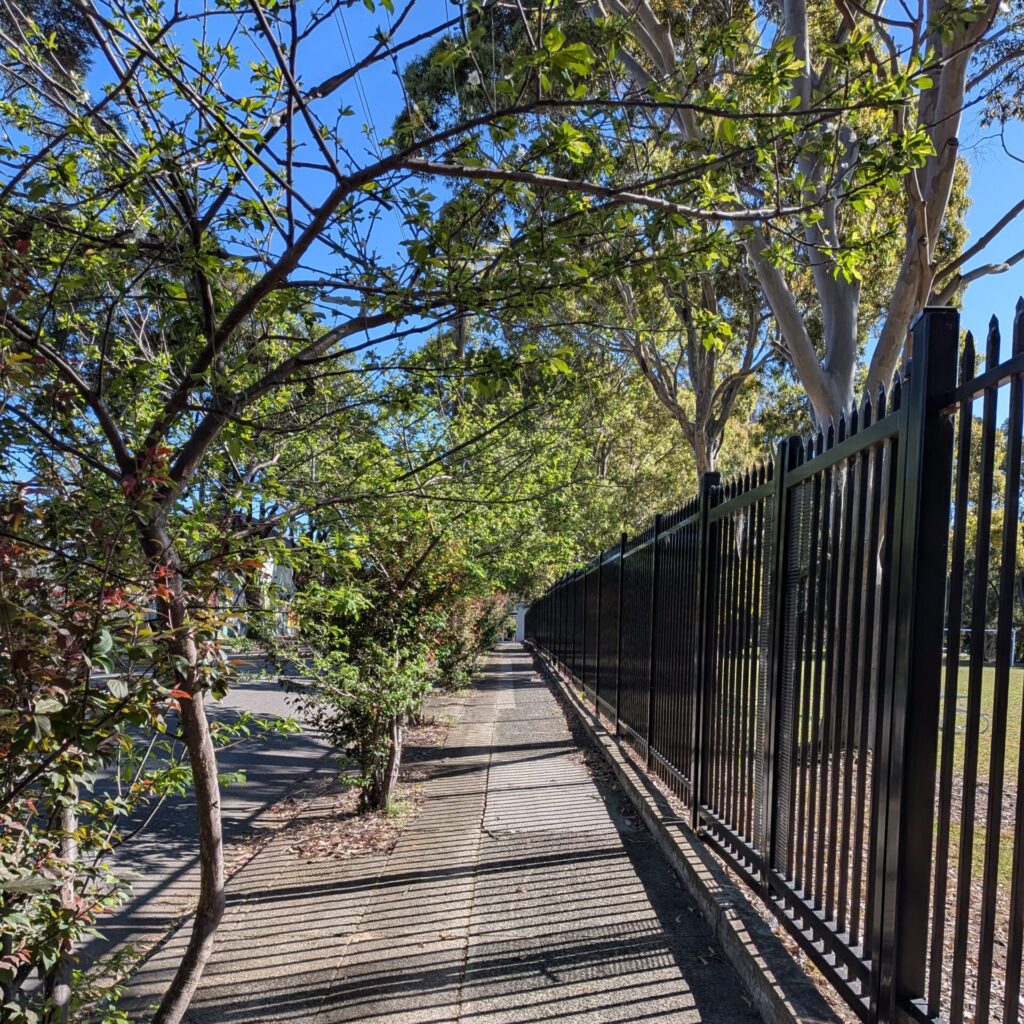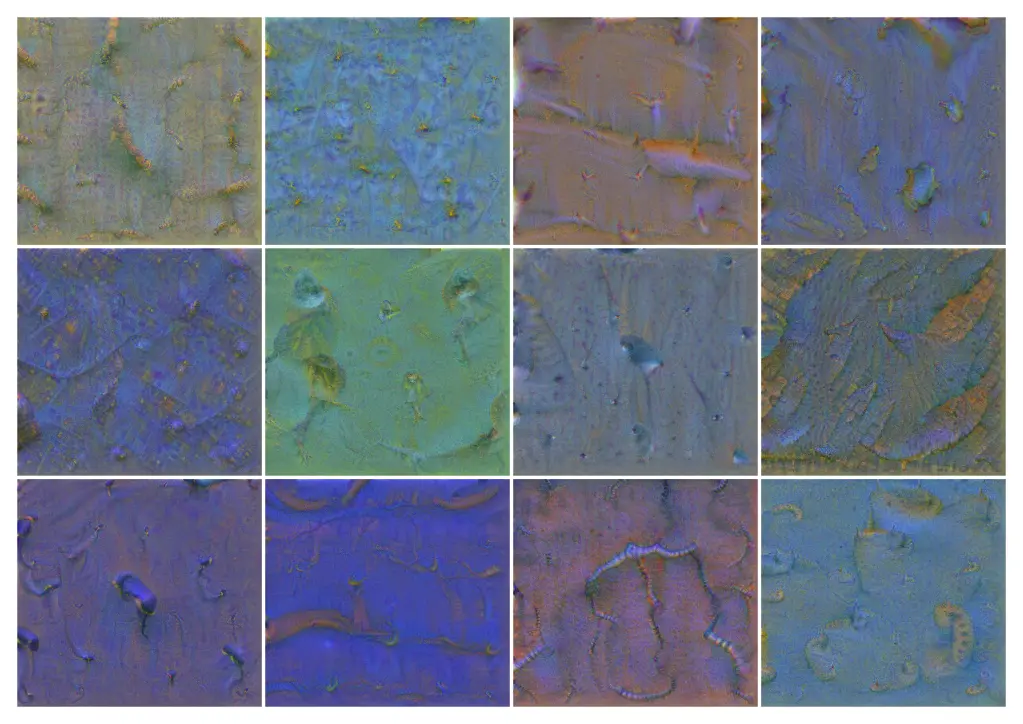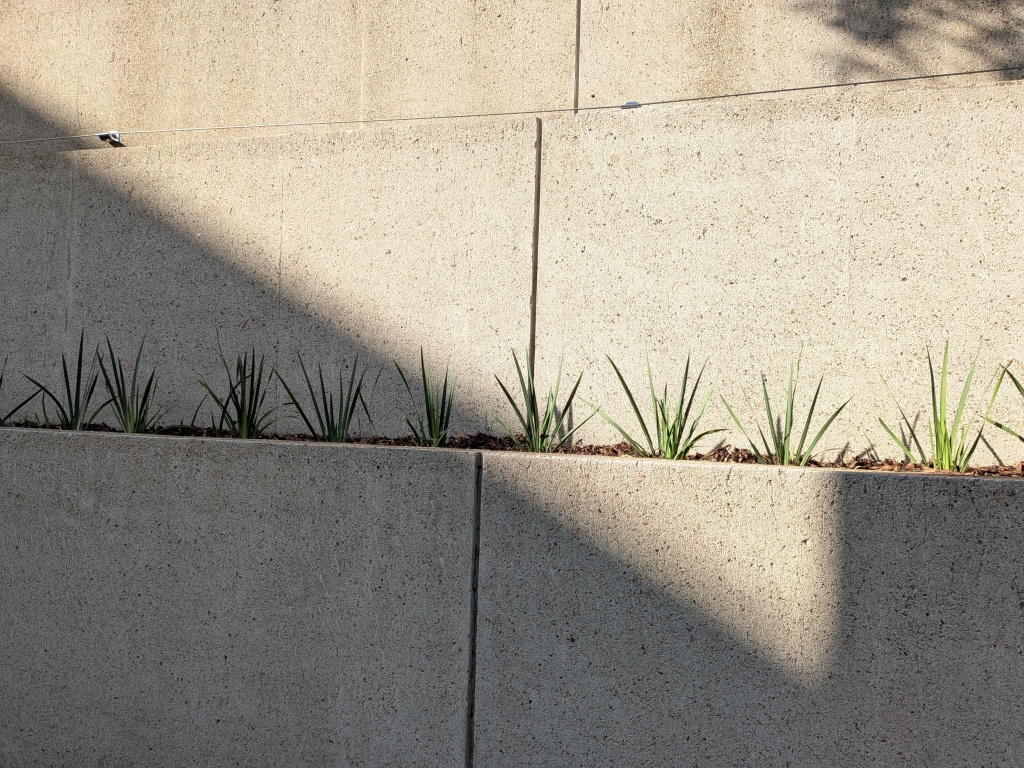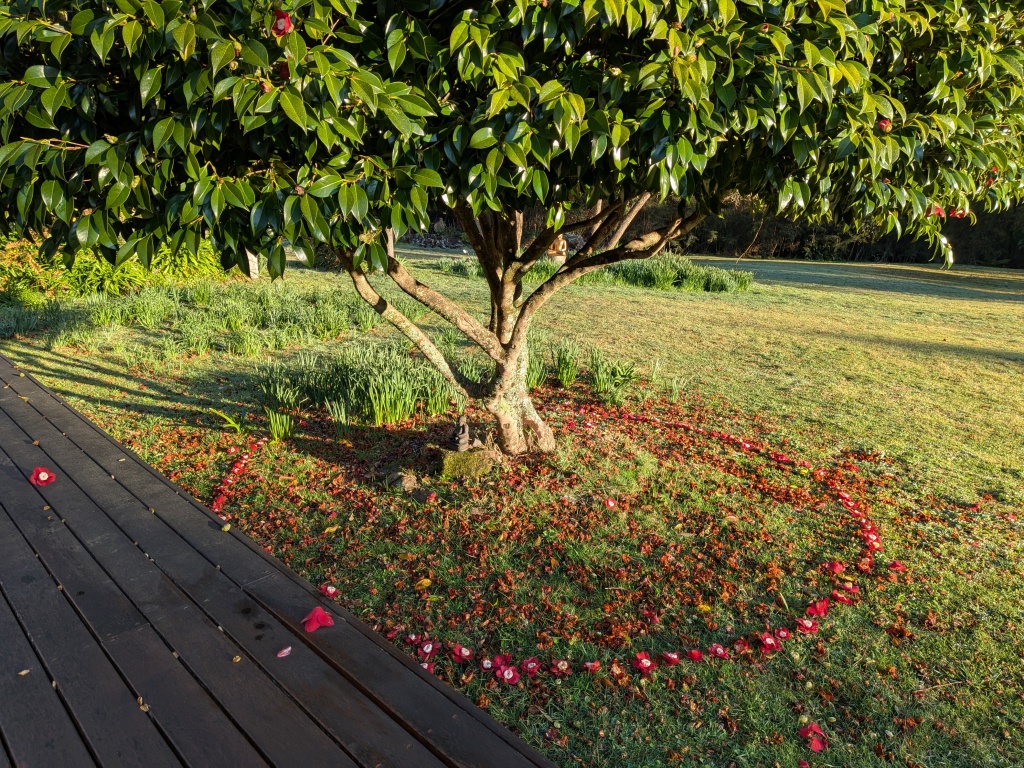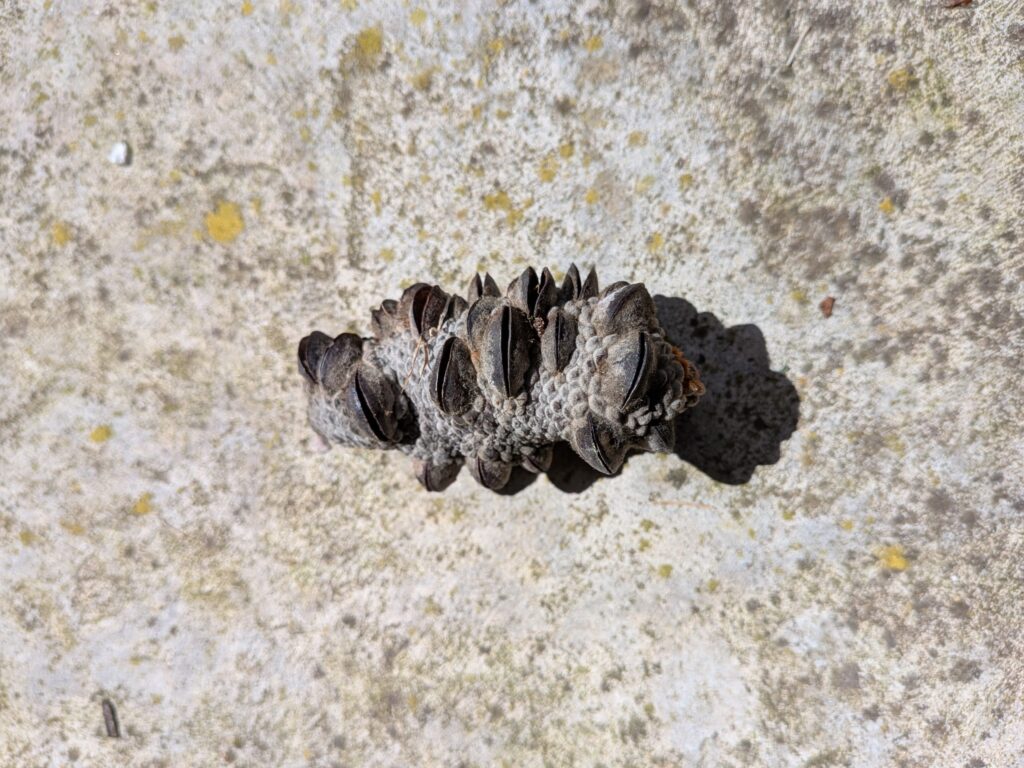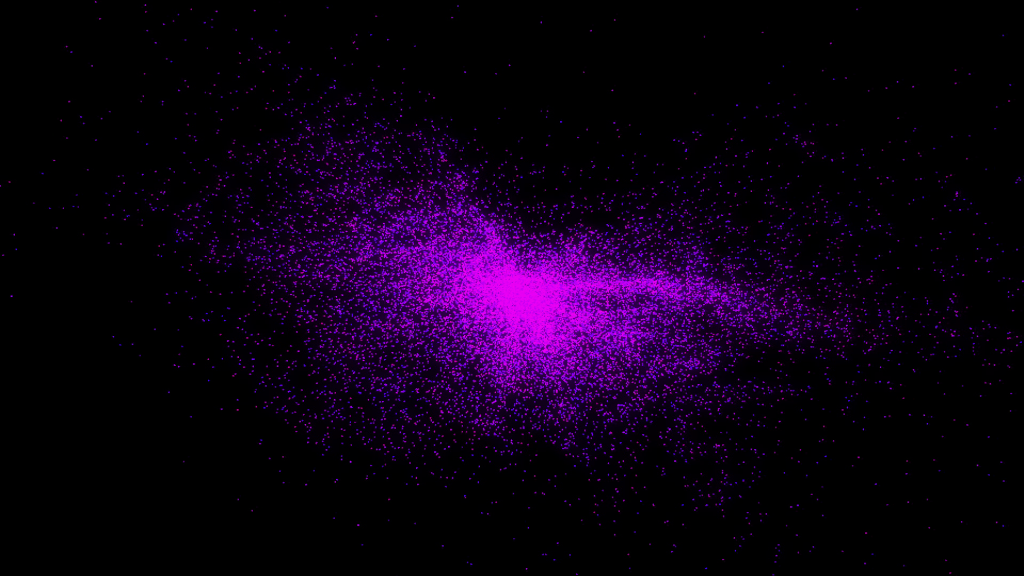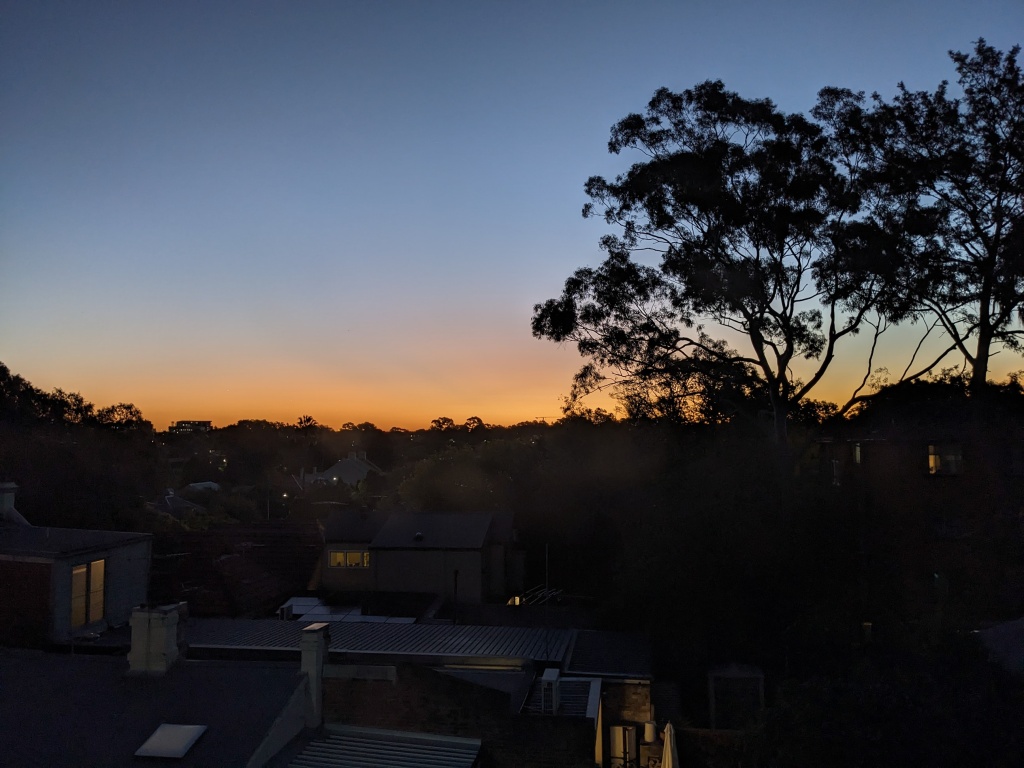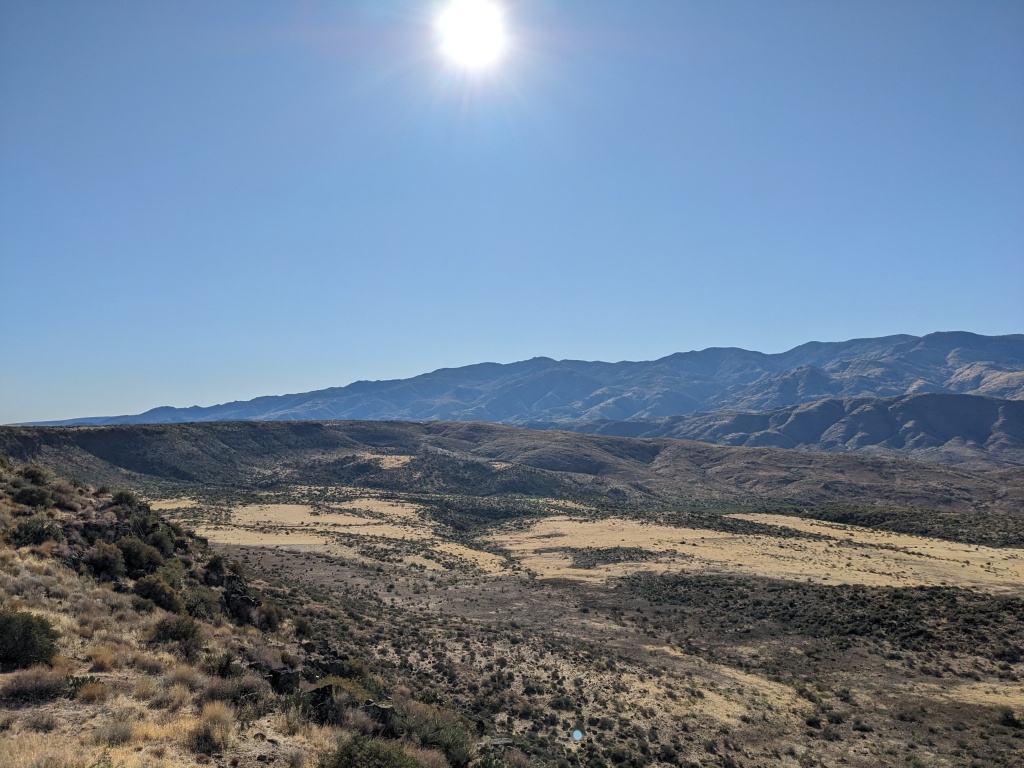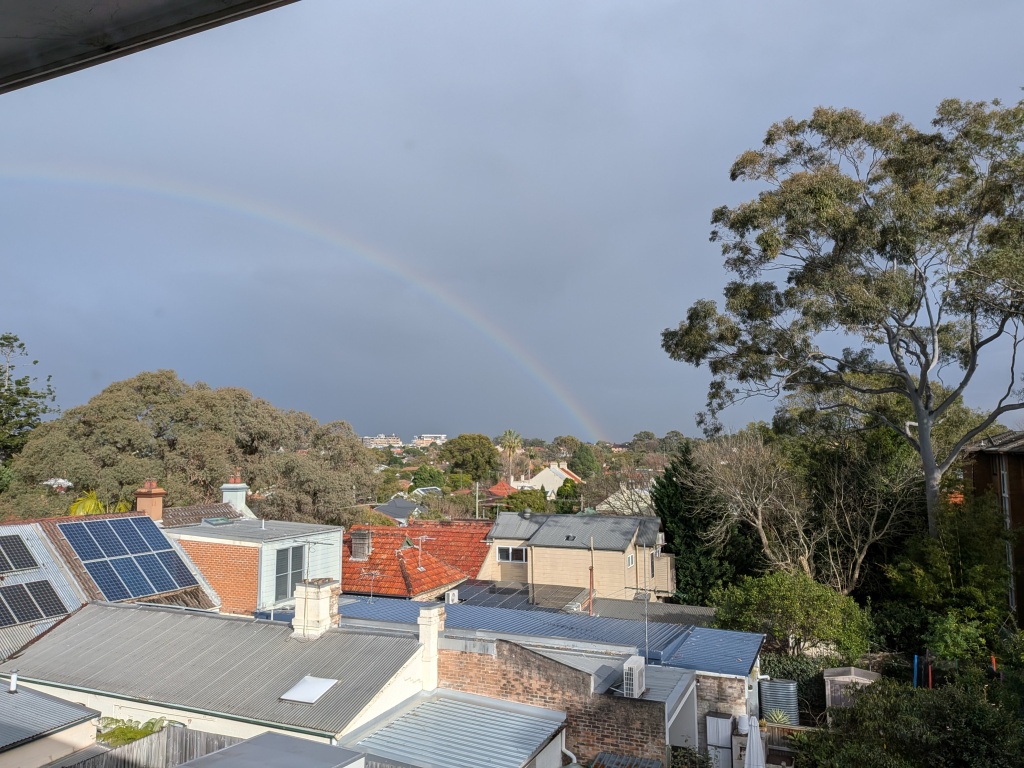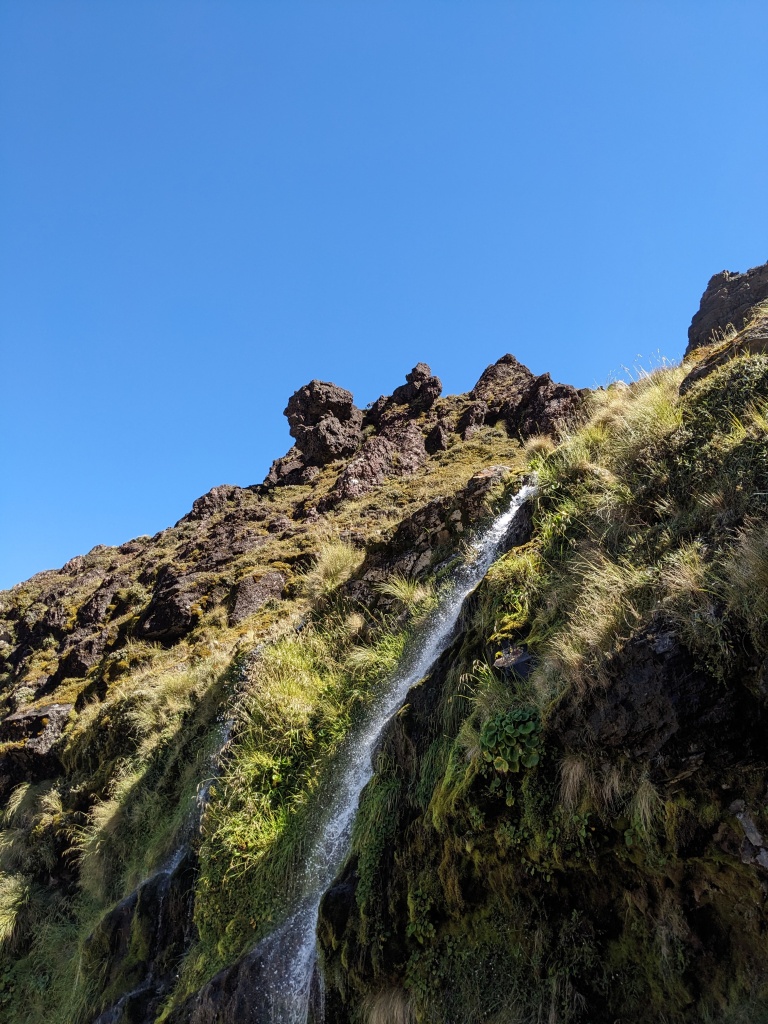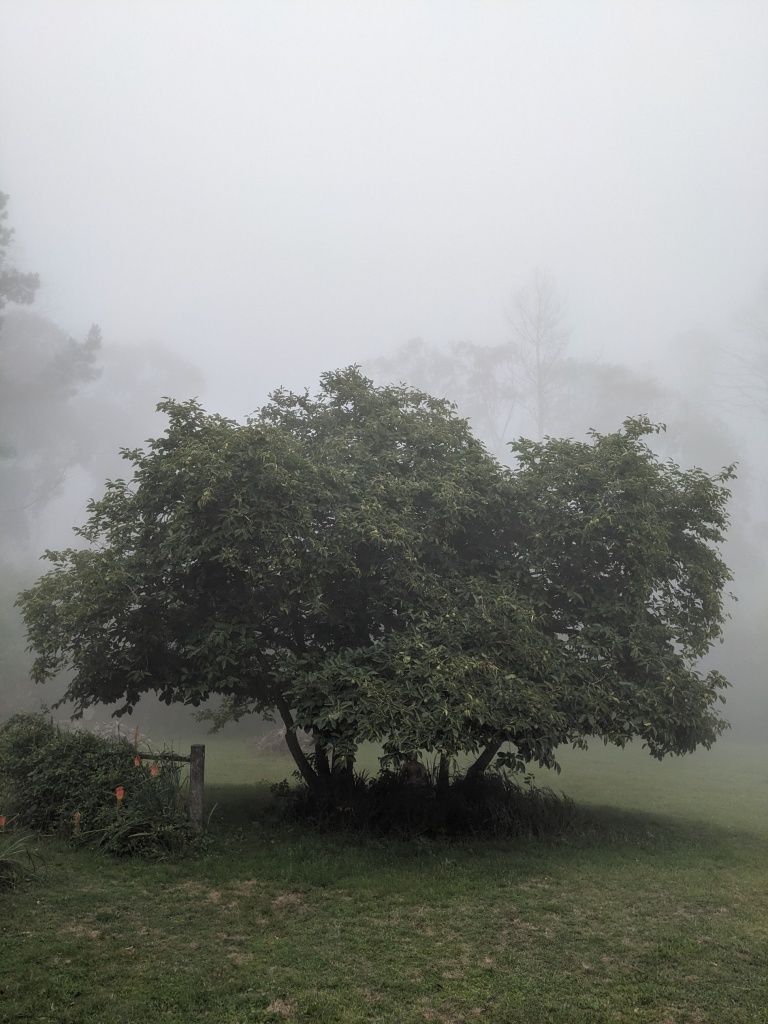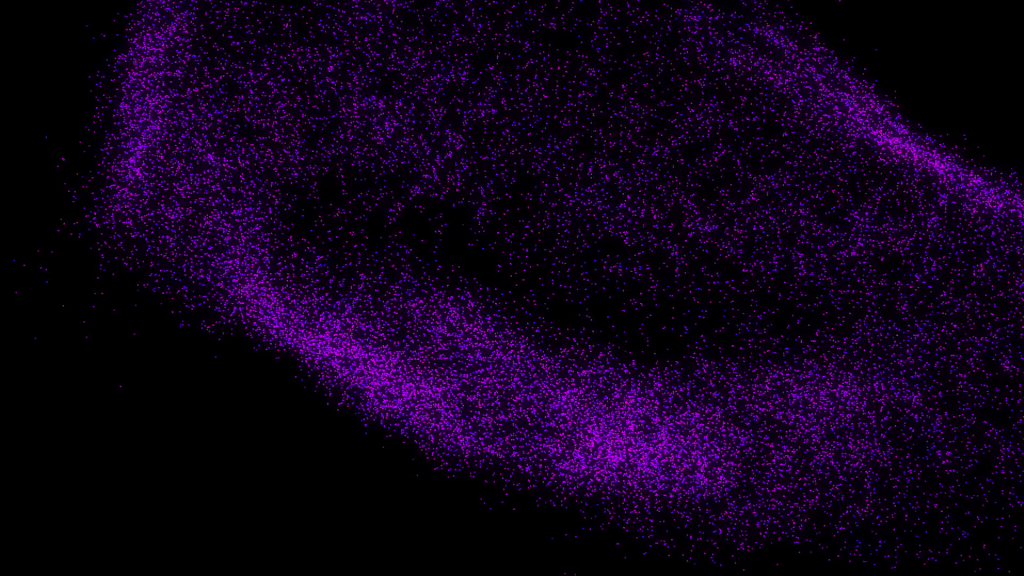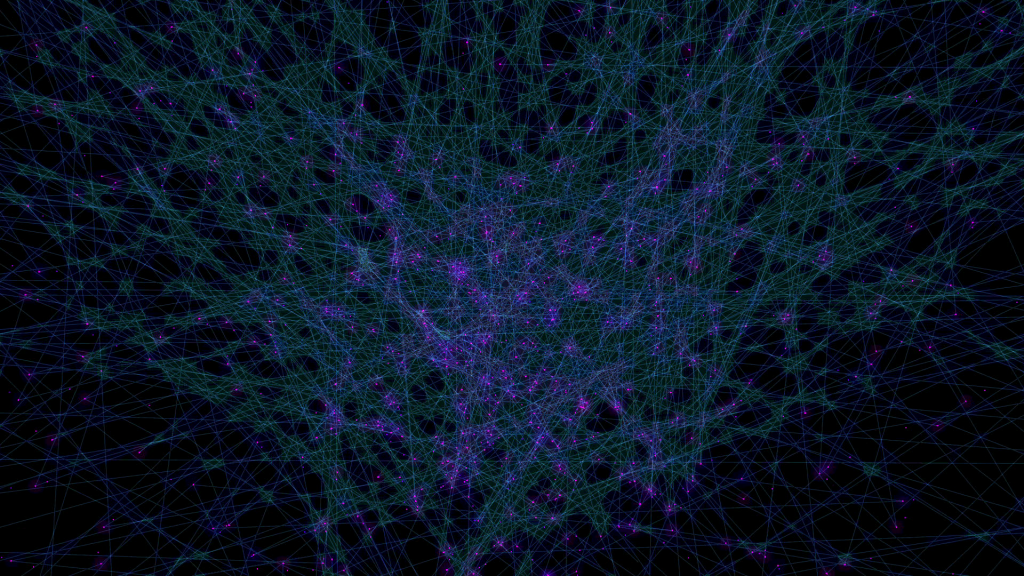This page contains recordings of guided meditations and dharma talks. It will be updated as new recordings are made!
Recordings can be downloaded. Please share freely with credits where appropriate.
Guided Meditations
- The Insubstantial Self (Guided Meditation)
The ordinary, lower case “s”, relative self is vividly appearing, yet empty. This emptiness is a lack of inherent, substantial, permanent existence. Seeing through the self means to notice that it isn’t fixed, solid, or permanent and doesn’t have to be where you are coming from. This practice investigates the ways in which you feel the self — body sensation, sense of location, thoughts, inner coach/critic, dialogue, or self image. Then you will look closely and see that there isn’t any substantiality to this, that the mind is gluing together sensations and treating them as solid. You’ll find that the self is ultimately unfindable. Once you reach a sense of conviction here there will be a lightness and relief.
You will also explore how the sensations, thoughts, and emotions don’t encapsulate your being and instead notice how when you put all these aside you are left with either a Presence or Absence, which points to a knowing awareness — an awareness that knows itself by itself, without having to be coming from the small self.
Note: these practices can be somewhat destabilising or lead to a sense of disconnection. If you are feeling under-resourced or unbalanced, please be cautious. If you find the practice leads to disconnection then re-ground yourself by noticing present moment sensations and doing normal activities. Reach out or speak with a qualified teacher if you experience continued difficulty.
There is a short talk at the beginning. Guided meditation begins at 3:15.
- Sounds as Waves in an Ocean of Awareness
Take the view that all sounds are like waves emerging out of an ocean of awareness. Each sound is known the moment it arises, by this awareness — the sensation and the knowing are inseparable. By tuning in to this quality of sound, you can take the view that all sounds are washing over you, known as expressions of this spacious awareness. Then you will turn towards internal experience and see that thoughts, emotions, and the sense of self also all arise within spacious awareness. Seeing this allows all internal experiences to be there, held within this bright ocean of awareness. This leads to a sense of being deeply connected with everything that arises, fully allowing all of these expressions to be there, while not having to be the self that it is happening to. Instead, you can simply be the spacious ocean of awareness.
- Balancing the Energy of the Mind
Meditation presents the opportunity to cultivate both calm and clarity at the same time. This leads to a quality of mind that is, compared to ordinary states of mind, more alert while also being more relaxed. This is a state of deep resource. It allows for nervous system regulation and being connected and engaged. From this collectedness of mind, craving and aversion arises much less intensely. In this practice you will use the sensations of the breath at the belly as a way to ground and settle, allowing experience to simplify. Then you can bring in the practice of focusing on the inhale to bring more energy, drawing upwards; while using the exhale to relax and settle, drawing energy downwards.
- Attuning to Emotions (Guided Meditation)
Emotions are essential to being human, yet we often aren’t taught emotional literacy or provided models for feeling into and skilfully respond to our emotions. This practice works through different levels of experience — sensations, mind states, and emotions — in order to understand internal experience. Beginning with sensations, you will notice where there is body sensation in terms of warmth, coolness, pressure, texture, tingling, or vibration. Then you will look at mind states: boredom, curiosity, focus, clarity, dullness, sleepiness, etc. You’ll then tune into emotions and see where hearing the words of certain emotions resonates with you — feeling into anger, sadness, happiness, calm, strength, or fear, and the many variations and flavours of these feeling states.
- Liberating Positive Emotions
Note: This practice invites you to bring up positive emotions, which can at times also have the effect of bringing up anything that is not that emotion. Be gentle and cautious.
Positive emotions, when freed, become boundless and unconditional. In meditation practice, we can intentionally bring to mind love, compassion, joy, peacefulness, trust, gratitude, kindness, friendliness, humour etc. by intentionally recalling a situation when we felt that way. Through feeling into the felt experience of that emotion, we can notice that the sensations felt in the body, such as warmth, openness, uplifting, groundedness, or connection, don’t have a solid, inherent existence but rather are insubstantial and changing. We can also sense that the self that feels the emotion is insubstantial. The emotion is vividly expressing, without needing to have a solid core, or a separately existing self that is feeling it. This frees up the emotion to be fully expressed and fully felt. The emotions then transform and become boundless and unconditional — compassion for the suffering of all beings, including yourself equally; boundless love for all others; or a deep gratitude for being able to be part of this complex dance of life.
- Liberating Emotions (Guided Meditation)
Note: this practice involves intentionally working with challenging emotions. If you are currently not feeling grounded and resourced, you may want to choose a different meditation. If at any point during this practice you feel overwhelmed or disconnected from experience, open your eyes, come out of the meditation, and do something that you find grounding such as gentle movement, walking, eating, or resting.
When related to in skilful ways, all emotions become part of the practice. Here you are asked to bring to mind a challenging emotion of medium intensity (around 5 out of 10), such as frustration, tiredness, sadness, anger, or shame. You can recall a situation or memory when this emotion was activated, using the visualisation in order to bring the experience forward more clearly. You are then invited to look closely at the sensations and thoughts associated with the emotion, seeing them as insubstantial. After searching, you’ll find that there is no substantial, permanent core of the emotion that is inherently existing. You can also search for the self that feels the emotion, also coming to the conclusion that this is ultimately unfindable. In this forge of emptiness, the emotion may then shift and transform, allowing anger to shift into strength, sadness into tenderness, frustration into clarity, tiredness into deep rest, and shame into integrity.
- Releasing Clinging
When we experience painful sensation, we generally resist it, want it to change, or otherwise have some form of craving and aversion. This is wanting things to be different from how they are, either by trying to get something better, or by trying to get rid of what is present. The way of non-clinging releases this resistance. You can notice the sense of clinging through detecting contraction, stuckness, or resistance in the body, then you can release this by opening, softening, and allowing. Be present with this experience exactly as it is. This will open up a different way of being, with more lightness, openness, and freedom. Note that this is equanimity in regards to the primary experience in the moment, which still allows for taking action as appropriate to the situation.
- Beholding Awareness (Guided Meditation)
In becoming aware of the sense of self, it greatly helps to have a practice that enables shifting out of habitual modes into a more open and spacious awareness. One key to this is noticing the awareness, rather than objects of awareness, which creates a shift towards allowing. The self is known by this awareness (as well as body sensations, thoughts, and emotions). This beholding awareness can know the self as it arises and passes, as the sense of solidity increases and decreases. This also helps us tap into the sense of completeness of being awareness — where there is nothing missing and no self-deficiency.
This practice begins with belly breathing while counting the length of inhales and exhales, moving from equal duration, to longer exhales. This is a powerful practice for quickly calming and grounding.
- The Body Knows Itself
This practice weaves together two threads: relaxing and calming the body by gently bringing attention to the whole body space; and knowing the body from the body. Awareness is effortlessly already aware, without you doing anything or needing to make awareness happen. So too does the body know itself — the body space is filled with bright, clear awareness. In order to get a sense of this, you allow the body and mind to settle through calming and collecting, then tune in to how it feels to inhabit the body, from the body. Allow awareness to drop down into the body space and behold itself.
- Sit With Dignity (Guided Meditation)
Sit upright, with care and respect. Sit with dignity. When you sit in meditation practice, you dignify yourself, the community, and the practice. Recognising that each passing moment is constantly changing, you open yourself to the uniqueness of each experience. This body, this breath. The body calms and eases into comfort and stability. As you sit, poised and balanced, you begin to notice this palpable sense of presence, a quality of knowing awareness that is immovable, imperturbable, and fully awake to each passing moment.
- Everything Within Awareness (Guided Meditation)
Awareness is knowing, spacious, and welcoming. Awareness allows everything; rejects nothing. Awareness effortlessly holds all experiences within its tender embrace. Here I offer a practice of somatically grounding through movement and breathing, relaxing and stabilising whole body awareness, and then pointing out this awareness that is already here, already knowing. Allow the instructions to be poured in. Notice any shifts that occur in response. Rest as awareness.
- Equanimity – Open, Soften, Allow (Guided Meditation)
Equanimity is being with experience without the push and pull of craving and aversion, without trying to change how things are. To practice equanimity you can shift into a mode of receptive awareness, tuning in to what is present and cultivating a relationship of being with. The phrase “open, soften, allow” can be particularly helpful here as a way to encourage a gentle welcoming of all experiences. Here there is an emphasis on whole body awareness as a way to attune to the present moment that is embodied and direct.
This practice is from the Tending the Fire Retreat in September 2025.
- Transforming Emotions (Guided Meditation)
NOTE: In this practice you will intentionally invite an emotion to come forward. It’s best to bring up something that isn’t the most intense or strongest. Choose something that feels of medium intensity and manageable for your current state. The practice begins with 10 minutes of grounding and settling. If at any point you feel either overwhelmed, or disconnected and spaced out, return back to a grounding practice, or stop the meditation.
Emotions are a dimension of experience that occupies a space between physical and mental. These are felt experiences that are tangibly real, yet ephemeral and elusive. It is emotional experiences that make being a human both worth rich and wondrous, as well as difficult and oppressive. Yet we often don’t fully open to the emotional dimension. When we feel into emotions fully and allow them to be there, they will shift on their own. Emotions cease being static or stuck and instead become liquid, flowing, changing experiences that unfold the richness of being alive. Through exploring the emptiness of the emotional experience, it will often transform into an essential quality: sadness becomes love and compassion; anger reveals strength; frustration turns into clarity.
- Let be (Guided Meditation)
The one spiritual truth is to “let be”. However, most people need some technique, practice, and system to figure out how to do this. In this practice, you will bring an intention of affectionate curiosity to the whole body space. Working with the body is particularly helpful here, as the body is so tied up in our sense of self and our habitual patterns, plus it also helps us get out of our heads. Occasionally asking “can I be with this?”, you’ll notice when there is resistance or trying to change the experience, allowing you to soften and relax into the unfolding present moment experience. Finally you will notice that who you are at a deeper level is not these sensations, but the awareness that is knowing, clear, lucid, and still.
- Breathe Calm and Clarity (Guided Meditation)
The breath is a source of energy and of relaxation. It can be used to bring alertness and brightness, as well as to find calm and ease. The breath has been used in many meditative and contemplative traditions as a way to regulate the nervous system, settle the mind, and to shift perception — sometimes even in ways that are psychedelic. In this practice you will begin with finding comfort. You will then follow the breath carefully and attentively, allowing the body to relax and the mind to settle. By checking in with the quality of attention, you can notice the energy level of the mind, and find balance through inclining to more alertness or more relaxation. You get to take time out of being you and instead shift into just being: this body, this breath.
- Pointing Out Awareness (Guided Meditation)
You experience many sensations and contents of awareness: sounds, images, body sensations, feelings, emotions, thoughts. You can observe these and be with them. But these sensations are not you. You can have an emotion, but you aren’t an emotion. An emotion can’t fully define you. Your sense of experiencing goes way beyond this. Thoughts might reference a sense of self, but there is awareness that knows the thoughts and knows the spaces between thoughts. When the mind settles, you can notice the awareness that knows these contents. You are this awareness that is like a wide open sky. Just as the sky is more than the clouds, awareness is more than its contents. This awareness is continuous and spacious. It is a bright, clear, lucid knowing. Rest as this awareness that is completely whole and unbroken.
Practice: 15 minutes samadhi, 15 minutes pointing out instructions on awareness that is aware of itself.
- Interconnectedness and Non-Separation (Guided Meditation)
So much of being a human is dominated by a sense of separation. There’s an underlying sense of being an individual entity that is somehow outside of the environment. Yet when looked at closely, your being is intimately interwoven with all of existence. You are made of the same minerals as the Earth, a home to bacteria and micro-organisms, your body is sustained by the air and sunlight. Each person you know has affected your existence, and you have affected them, in ways that can be pointed to directly. By resting into a sense of non-separation, you can find a prior sense of relatedness; a sense of the field of relation that comes before separation.
- Can I be with this? (Guided Meditation)
Can I be with this? (Guided Meditation)
Duration: 30:07
Letting be is a core principle of Buddhist meditation (and perhaps a key tenet of all spiritual practices). To let be means to be with what is experienced, exactly as it is, with no need to change it. In this meditation, you will be guided to bring a curious, welcoming awareness to whatever is arising, gradually including sounds, sights, body sensations, thoughts, and emotions. The key here is welcoming any resistance. To aid this you can visualise resistance by seeing it as a Part of your mind and letting it take a form, or imagining placing it beside you. You can also use the trick of taking whatever is causing difficulty as unchanging — the one permanent thing in the universe — as a way to release the urge to change. Finally you will explore the felt sense of your whole body in this moment as the unfolding experience that is more than words and somehow in excess of what is present. Ask yourself: can I be with this, exactly as it is, with no need to change it?
- Just Being (Guided Meditation)
Meditation practice can be finding methods to get out of your own way. The sense of self and operating as an individual self, while really useful in daily life, is a limiting factor on your sense of existence. By dropping out of your habitual patterns, more opens up. This practice focuses on relaxing and settling through tuning in to the present moment and then following the sensations of the breath. While doing this, you allow all other sensations to come and go in the background of spacious awareness. Then finally you will drop the breath or let it fade into the background and simply be — allowing all the body sensations, sounds, thoughts, and feelings to come and go, without getting caught up. The universe continues on, vividly appearing, without you having to do anything at all.
- Inviting Relaxation By Doing Less
In this practice you will be gently guided to relax through connecting with the body, feeling into each body part and inviting relaxation. This relaxation is a kind of doing less — there was already some tension or tightness and you are simply intending to release this. You can also relax *around* any tension you find. This relaxing is a mode of allowing the sensations and feelings to be exactly as they are, reducing any clinging or aversion. Finally you will check in with how you are relating to the experience and if there is any resistance, embracing and allowing this. When resistance is fully allowed, it too will shift, soften, or change in some helpful way.
- Cosy Disinterest
YouTube | alternate | audio only (32:56)
Fully give yourself permission to relax. Allow all of what arises to pass by like clouds in the sky. This guided meditation provides instructions on skilfully ignoring all content that arises by gently bringing attention to a sensation in the present. By keeping close to the present moment, experience simplifies and settles, allowing a sense of well-being to grow. This is a great practice to come back to in times of turbulence or busyness in order to drop into relaxation.
- The Body is Space
YouTube | alternate | audio only (31:33)
The body itself is made of atoms, which are mostly empty space. You can find a sense of freedom and refuge in the body through tuning in to spaciousness that arises within the body. This practice explores ways of opening to a wide-open, vast, spacious awareness. First you will allow the body to settle by connecting with the breath and then expanding to include the whole body in awareness. From here you can tune into the shifting, changing, flowing, impermanent sense of the body sensations, noticing how the body is open, empty, transparent, and light. Tuning in to the sense of space in the body, you can open to this sense of lightness and openness, and then opening to the sense of a vast, spacious awareness that holds the whole body, and all of experience, bringing tremendous relief.
- Thoughts and the Thinking Process
This 26 minute guided meditation that explores one way of seeing thoughts and the thinking process. This is an insight practice that is intended to increase clarity of this specific part of experience. Here we look at how thoughts often appear as either mental images or mental talk, finding where they are located in space and the felt sense of experiencing these different kinds of thoughts. We are unconcerned with their content, seeing them as a process of the mind that doesn’t need to be stopped or controlled but instead can just be allowed to happen without pushing away or holding on.
Version 1 – 26 minutes. this meditation doesn’t include any śamatha/samadhi/concentration practice, so you may want to add this yourself at the beginning.
Version 2 – 40 minutes. This is a longer version of the Thinking Process meditation that includes śamatha practice at the beginning.
Pause to Notice Experience
3 minutes, no previous experience required. Simply pause and notice what is happening in your experience.
Intro Series
A series of guided meditations intended to gradually introduce the meditation technique. The basic practice is to bring attention to a particular object or scope of sensory experience (e.g. external sounds, or all body sensations) and then anytime you notice that attention has moved away, be glad for the moment of awareness, then gently bring attention back. Using this simple technique there is a progression of meditation objects, beginning with everything in the present moment (sounds and body sensations), to all body sensations, to the breath throughout the body, to the breath at one location.
Mettā
This is a guided mettā meditation where we direct kindness and friendliness to six different recipients. We send kindness to ourselves last. To practice mettā, we can use a number of simple phrases repeated silently, as well as visualisation and awareness of body sensations/emotions. Mettā is a transformative practice that has the potential to help us move through difficulty and cultivate positive intentions for ourselves and those around us.
This is a similar but longer version of the mettā practice.
Right Effort, Mettā, Self-compassion
This is a recording taken from a Pragmatic Dharma Club class at SF Dharma Collective. Here we first consider how to create the intention to practice with Right Effort, treating each meditation as an act of kindness and trying to move the mind gently and without forcing. Then we move on to a guided mettā practice using visualisation and phrases to generate the intention of goodwill. Finally we move to a self-compassion practice, holding any difficulty or suffering that we feel gently and with kindness.
This recording is just the Right Effort part of the above.
Relaxation and the Breath
This meditation emphasises relaxation of body and mind through placing attention on the breath and noticing any sense of relaxation, stillness, or peacefulness. There is a reinforcing relationship between placing attention on the breath and relaxation: when the mind is more calm attention is more likely to be stable, and when attention is more stable qualities of calm and stillness are cultivated.
Clarity of Emotions
This 26 minute guided meditation focuses on making contact with emotional-type body sensations. There is a strong emphasis here on observing these feelings with acceptance, compassion, and curiosity. It begins with śamatha by watching the breath to cultivate calm and clarity, then moves to finding somewhere in the body with neutral or pleasant sensations as a ‘home base’ — somewhere to return to at any point the emotions are overwhelming. The second half of the meditation explores if there are any emotions or feelings that are strong or prominent and invites the meditator to watch these with clarity by investigating the specific qualities of the sensations felt in the body. By allowing those sensations to be there without pushing them away or holding on to them, the sensations and emotions can be felt without being a problem.
Increasing Awareness
When doing śamatha (calm abiding) practice in the style of The Mind Illuminated (TMI) we are working towards both stable attention and bright, open awareness. If we have only attention, we can get pulled into thought or sleep without realising. This 17 minute meditation uses a variation of the checking in technique from TMI to get a sense of what having more peripheral awareness feels like and to gradually increase the clarity, brightness, and openness of awareness. This practice will be of most value to practitioners working with Stage 3 and 4 of TMI.
Thoughts and the Thinking Process
This 26 minute guided meditation that explores one way of seeing thoughts and the thinking process. This is an insight practice that is intended to increase clarity of this specific part of experience. Here we look at how thoughts often appear as either mental images or mental talk, finding where they are located in space and the felt sense of experiencing these different kinds of thoughts. We are unconcerned with their content, seeing them as a process of the mind that doesn’t need to be stopped or controlled but instead can just be allowed to happen without pushing away or holding on.
Version 1 – 26 minutes. this meditation doesn’t include any śamatha/samadhi/concentration practice, so you may want to add this yourself at the beginning.
Version 2 – 40 minutes. This is a longer version of the Thinking Process meditation that includes śamatha practice at the beginning.
Four Step Transition to the Breath
This 16 minute practice moves from an open awareness of sound and body sensations to the breath at one location by gradually refining the scope of attention. This allows for a relaxed way of easing into the practice. While we gradually narrow our scope of attention we allow all other sensations to be in the background. This practice is adapted from the four step transition in The Mind Illuminated.
Scanning the Body for Subtle Sensations
This recording provides some ways into the Stage 5 practice of The Mind Illuminated. In this stage, you can use the subtle sensations of the body as a way to increase sensory clarity. By looking for sensations that are hard to find and at the edge of your sensory range, it heightens the degree of sensory clarity, which then increases the overall power of mindfulness. This practice is best done once there is some stability of attention so that it is relatively easy to stay with the sensations in the body. You may find that at first this is tiring and leads to dullness or vagueness, but over time and with repeated practice it is likely to help increase the degree of sensory clarity.
Kindness to Experience
In this meditation you will greet whatever appears in your sensory experience with kindness and acceptance. This helps to cultivate kindness and compassion. It also provides a way of looking that can greatly reduce any aversion, restlessness, or agitation. Through radical acceptance and welcoming of all experiences there is the possibility to open to whatever is present, helping us to feel profound love and wellbeing, or be able to handle difficulty without trying to escape. Two versions with similar content but different durations of 25 and 40 minutes.
Watching the Mind
In this meditation, we experiment with stepping back from the meditation object to observe the movements of the mind. While watching the breath, it is sometimes possible to hold attention on the breath very gently and then zoom out slightly to get a wider field of view. This enables us to observe how the mind moves at different times – what kinds of distractions pull attention away, what is happening in the background of awareness, and whether there is other mental or emotional content that has not yet become fully conscious.
Calm and Clarity
To put meditation in very simple terms, we are trying to cultivate both calm and clarity. If we can balance, and then increase, these two faculties, we will be able to go deeper into our meditations. Settling the mind in the quality of calm allows us to reduce the rapid movement of the mind and helps us to steady our attention. Clarity allows us to know what is happening in each moment, bringing brightness and vividness to experiences. Being aware of both of these qualities allows for reaching deeper states of calm while also navigating any potential obstacles.
Listening to Internal and External Sounds
In this meditation, you will approach thoughts as sounds by 1) listening to external sounds, 2) listening to internal sounds (Shinzen Young calls this “mental talk”) and then 3) listening to both internal and external sounds together. Here we try to listen to rather than speak this internal dialogue, treating it like a radio that has been left on, and observing the beginnings and endings of each different sound event.
Relaxing Clinging
After settling the mind through bringing attention to the breath, we then work with clinging. This is clinging in the Buddhist sense: the push and pull of the mind towards and away with sensations and experiences. This clinging leads to attachment and causes suffering. Here we work with first observing what is present in experience and how the mind moves towards or away from certain experiences. Then we see if we can relax this clinging through relaxing the movement, releasing any tension in the body, or through welcoming and accepting the sensory experience. This meditation is highly influenced by Rob Burbea’s dukkha (method 2) instructions in Seeing That Frees.
Choiceless Awareness
This practice is commonly called choiceless awareness, but it is actually more about intentionally directing attention but to whatever objects appear. The choiceless part is that the objects that arise will come on their own, without you deciding what they are. In this practice, after a period of stabilising the mind, you notice if there are any strong distractions that repeatedly or powerfully pull attention away. When these arise, direct your attention to that distraction, but particularly to the feeling in the body to which it is associated. Look closely at the sensations in the body. Stay with it until either it goes away (return to the breath) or some other strong distraction comes up (go to the new distraction). This is an insight practice that allows you to investigate what is arising and look at it closely. Try to keep all the movements of attention intentional, knowing where you are directing attention.
Breathing into the Body
Spacious Awareness and Finding the Breath
In this practice, we will deeply relax and open to a sense of spaciousness. From this place open awareness there is an invitation to care about the breath so that it moves into the centre of awareness. This allows a sense of balance between non-doing and doing, between effortlessness and skillful effort. A useful practice for finding a sense of balanced effort and how to move the mind with intention.
Checking In With Body and Breath
In this practice, we begin with working with the posture to find a sense of alignment, relaxation, and resilience. Then we bring attention to the breath to cultivate calm and steadiness. While doing this, we will try to keep the breath in the foreground with the body in the background. Then there is an invitation to “check in” with the body by briefly scanning through the space of the body, then returning to the breath and seeing if the sense of the body in the background is a little more bright and open. Finally the checking in technique is applied to the mental space to clearly see the mental state and to keep this present in awareness while returning to the breath.
Talks
Right Effort and Joyful Effort
This talk is from a Day of Practice Retreat on 4 December 2021. I talk about right effort, how to measure progress in meditation, the possibilities of practice, and joyful effort. This draws on teachings by Tucker Peck, Rob Burbea, and Śāntideva.
(apologies for the poor audio quality)
Possibilities of Practice
A talk about the potential of practice, Right Effort, and how to balance having a strong aspiration with methods of practising. Presented by the Association of Engaged Buddhists, watch on YouTube. This talk goes for one hour including ~20 minutes of guided practice. It is followed by 30 minutes of Q+A.
Meditation and Psychology with Tucker Peck and Kynan Tan
A workshop given at The Berkeley Alembic in September 2022. This two hour workshop includes several guided meditation practices — watch here.
The dharma teaches, as the Buddha says, “suffering and the end of suffering,” which is similar to the aim of modern-day psychology. However, the two schools conceptualize the mind, suffering, and the route to happiness differently. We’ll explore how these two methods of understanding the human mind compare and contrast, and when we might want to use one lens rather than the other.
Tucker Peck, a clinical psychologist and dharma teacher, will compare and contrast the theories of both. Kynan Tan, a dharma teacher visiting from Australia, will talk about his psychological path on a recent monthlong silent retreat and will guide meditations.
Kynan Tan: Success As a New and Fulltime Meditation Teacher
36 minutes. Listen on your favourite podcast platform.
Australian teacher Kynan Tan, PhD only recently began teaching meditation and was quickly able to leave his regular job and become a fulltime teacher. In this interview, you’ll hear how he prepared himself to teach, how he gets continuing education and supervision as a new teacher, and what steps he thinks allowed him to attract so many students in a short time. You can learn more about Kynan and contact him at https://kynanmeditation.net/
Any recordings hosted on this website are licensed under a Creative Commons Attribution-NonCommercial 4.0 International (CC BY-NC 4.0) Licence. You can freely remix and share these for non-commercial purposes, with attribution where appropriate. Any linked recordings may have their own copyright licence.

Some recordings use singing bell samples from Kasper.


